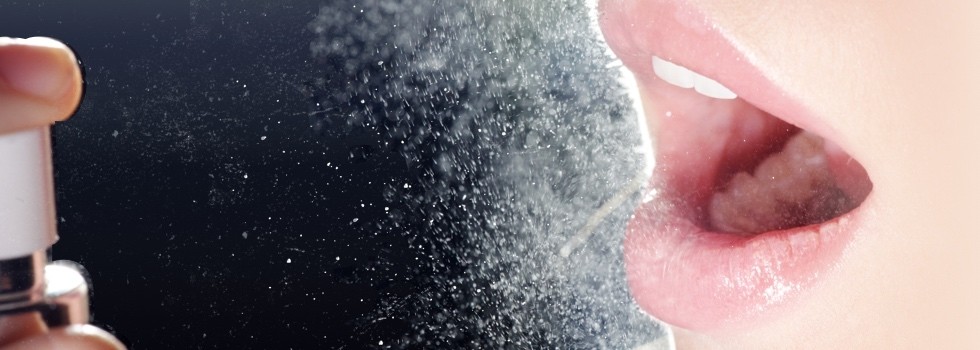Promotional Features
Isosorbide: a new way to fight bad breath by controlling oral pathogenic bacteria
Bad breath, also known as halitosis, can have a significant impact on consumers’ well-being. Studies have shown that halitosis can cause anxiety and is sometimes associated with depression and symptoms of obsessive compulsive disorder. Among persons suffering from genuine bad breath, 85% of cases come from inside the mouth and are caused by oral pathogen bacteria. Non-genuine cases occur when someone feels they have a bad breath but someone else cannot detect it, and makes up between 5% and 72% of cases. In those cases, the psychological aspect causes anxiety and a need to find products and routines to ease the fear of having bad breath. Any product increasing salivation and bringing a mint or fresh flavor is sufficient to bring temporary peace of mind, but usually there is no real mid to long-term solution to tackle the issue.
A highly pure 1,4:3,6-Dianhydro D-glucitol, more commonly called isosorbide, has proven to have a lot of enticing oral and skin care effects.
In oral care, isosorbide is very effective when used to balance the oral microbiome. Non fermentable by oral bacteria, it reduces or inhibits the growth of several bacteria in plaque and saliva and prevents genuine bad breath. Instead of simply giving an impression of freshness, the isosorbide regulates the bacteria responsible for bad breath and can be part of the solution to fight halitosis. The oral microbiota efficiency has been proven and effects have been observed even far after a 24-hour period: the growth of specific pathogenic bacteria is seriously inhibited, and in some specific cases completely coming to a temporary halt.
Other oral care benefits have been noted, such as proven effects on reducing the adhesion of microorganisms to the teeth surface while reducing their acid production potential (providing a noticeable mitigation of tooth decay). It also promotes mineralization by increasing the salivary flow when used (increasing the salivation reduces tooth-decay). Additional noticeable effects are to be attributed to isosorbide, as it also inhibits the dental biofilm and plaque formation (linked to Streptococcus mutans and Streptococcus sanguinis) when tested versus other polyols and sugars.
Acting as a humectant, isosorbide effectively hydrates the skin and gives immediate moisturizing benefits. Last but not least, isosorbide is also a very natural and easy way to reduce the use of preservatives. Since it strongly binds free water and decreases water activity in cosmetics, it is an effective preservative systems booster as it reduces microbial growth and spoilage.
Isosorbide is a molecule with high potential and will answer the needs for greener solutions from consumers. It can replace petroleum-based glycols or alkane diols such as propylene glycol, butylene glycol and pentylene glycol. It is GMO compliant with EU regulation, eco-friendly and made from sustainable sources. The isosorbide is obtained by a double dehydration of sorbitol, a natural polyol that can be produced from starch extracted from cereals.


